The industry's leading players will keep investing heavily in R&D to expand their product lines, which will propel the growth of the postmenopausal osteoporosis market. Contractual contracts, mergers and acquisitions, increased investments, collaboration with other companies, and the production of new products are examples of significant market developments. To increase their worldwide reach, market players also take part in a variety of strategic initiatives. In order to survive and expand in a more competitive and dynamic market, the Postmenopausal Osteoporosis industry must offer reasonably priced products and services.
One of the main strategies manufacturers use in the worldwide Postmenopausal Osteoporosis market is local manufacturing, which expands the market sector and helps customers by lowering operating costs. Some of the biggest medical benefits in recent years have come from the Postmenopausal Osteoporosis sector. Major players in the Postmenopausal Osteoporosis market, including Pfizer Inc., Amgen, F.
Hoffmann-La Roche Ltd, Novartis AG, Chugai Pharma China Co., Ltd., Teva Pharmaceutical Industries Ltd., Fresenius Kabi AG, Hikma Pharmaceuticals PLC, GlaxoSmithKline plc, Sun Pharmaceutical Industries Ltd, Paras Biopharmaceuticals Finland Oy, Ligand Pharmaceuticals Incorporated, and Eli Lilly and Company, and others, are attempting to increase market demand by investing in research and development operations.
Pfizer Inc (Pfizer) discovers, creates, makes, and markets biopharmaceuticals. The organization offers items to treat different circumstances, such as cardiovascular, metabolic, and pain, ladies' well-being, malignant growth, inflammation, resistant problems, and rare illnesses. It additionally gives clean injectable drugs, biosimilars, active pharmaceutical ingredients (APIs), and agreement-producing services. Pfizer sells its items through wholesalers, retailers, medical clinics, individual supplier workplaces, facilities, government organizations, and drug stores. Pfizer Inc. brought back to the U.S. market DUAVEE (conjugated estrogens/bazedoxifene), a menopausal hormone treatment with estrogen, in June 2023 with improved packaging.
This return follows a voluntary recall due to a packaging problem that had nothing to do with any worries about the efficacy or safety of the product. It is anticipated that this relaunch plan will address the packaging concerns and increase sales income.
Amgen Inc., a biotechnology business, finds, makes, produces, and distributes state-of-the-art human meds to treat patients with hazardous sicknesses. It makes state-of-the-art prescriptions to address afflictions connected with the heart, hematological and oncology, irritation, bone well-being, neurological sicknesses, and nephrology. To make merchandise that uses state-of-the-art human hereditary qualities, the association inspects the difficulties presented by sickness and appreciates the standards of human science. Amgen mainly supplies pharmaceutical wholesale wholesalers in the United States with its goods. Additionally, it markets some items directly to customers through collaborations with other businesses and direct-to-consumer channels.
Amgen's latest findings from real-world research in 2023 show that Prolia was very successful in lowering the risk of fracture in individuals with postmenopausal osteoporosis.


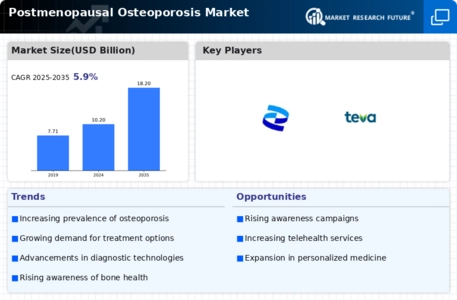
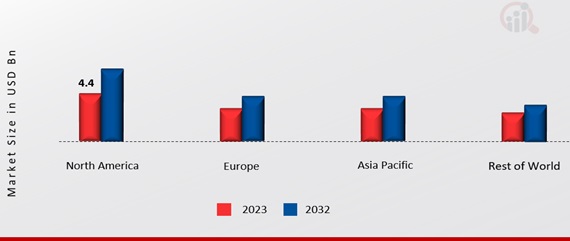
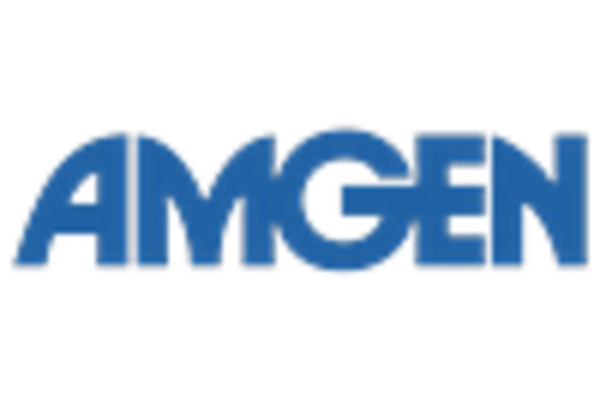
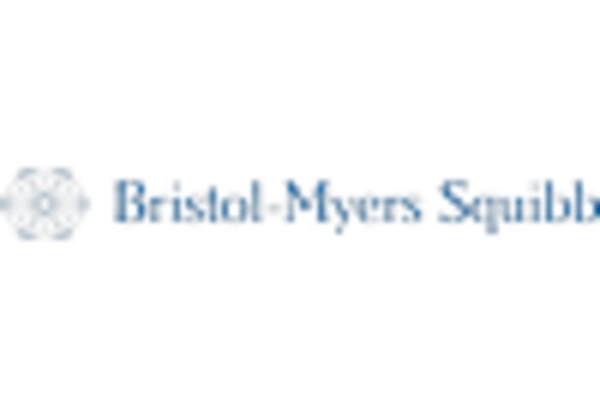

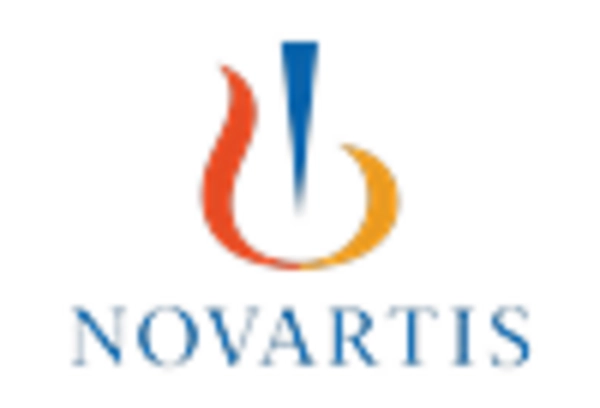
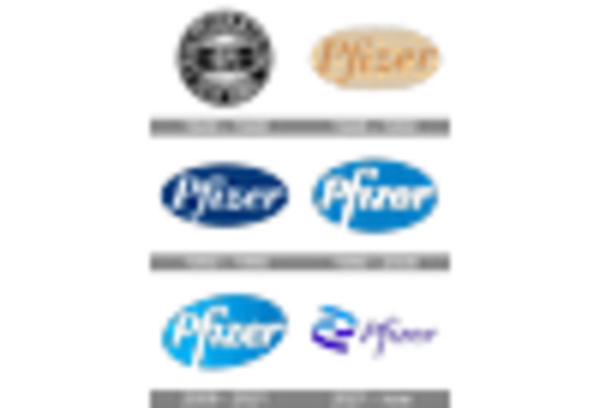
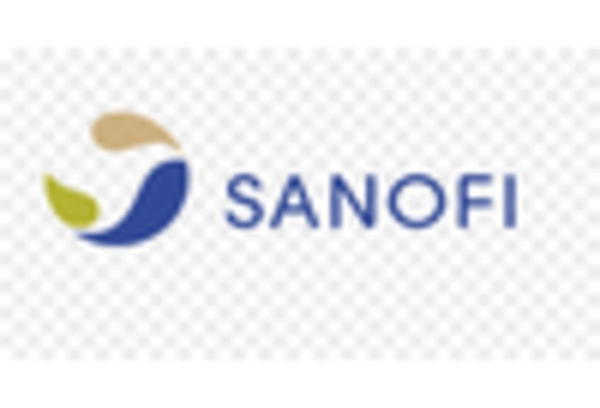








Leave a Comment